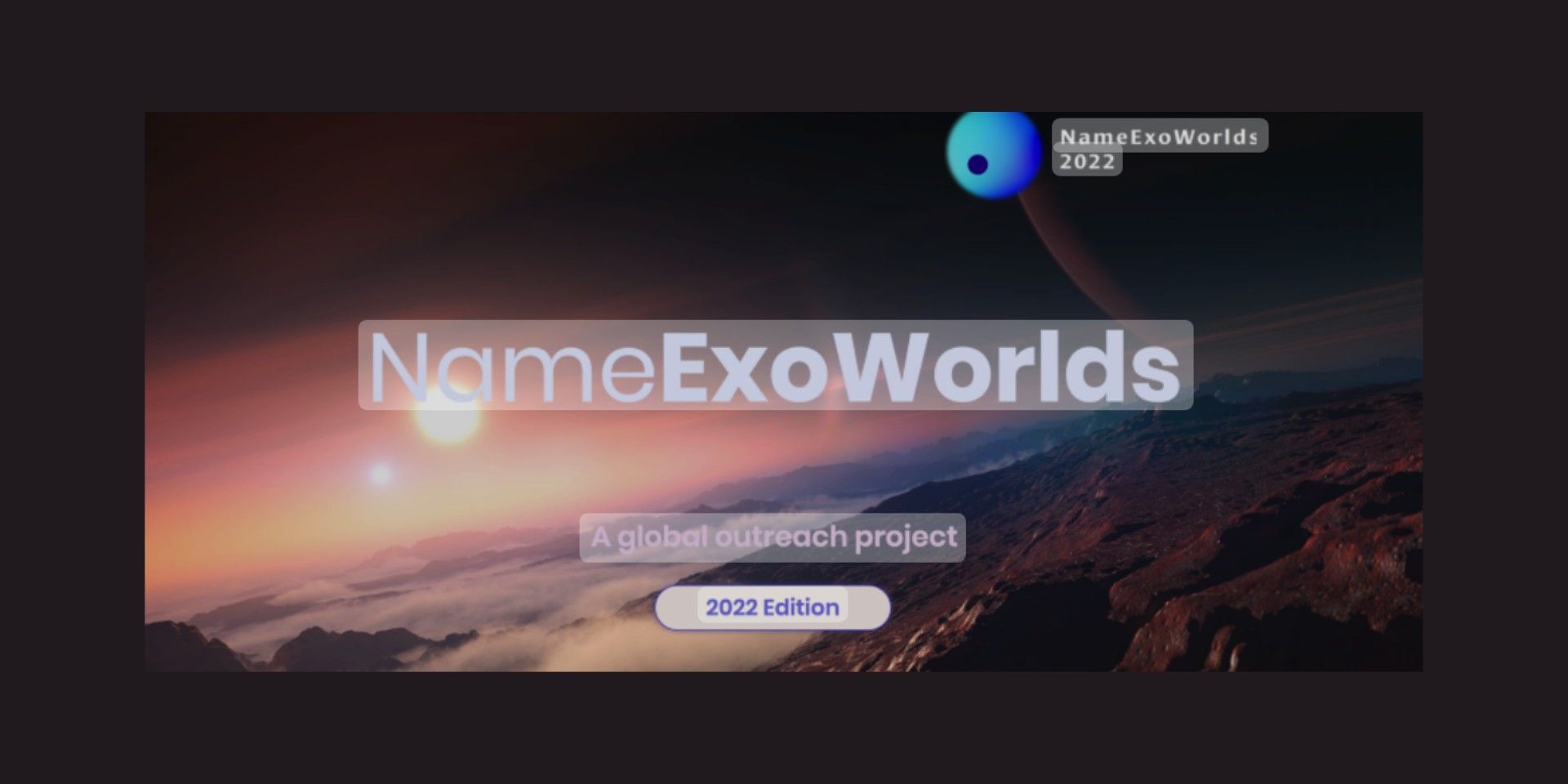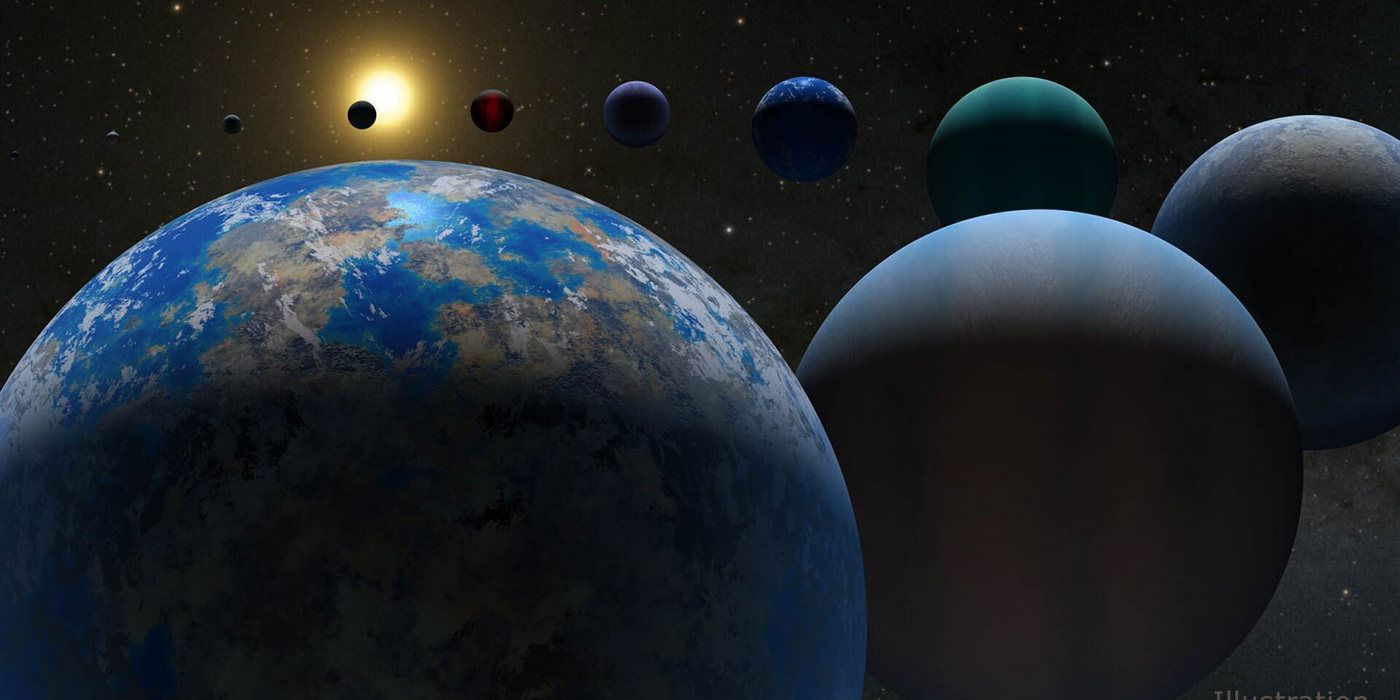The International Astronomical Union is running a science contest through the NameExoWorlds program, where people have the chance to name an exoplanet and its hosting star. The IAU will be selecting one proposal plus two backup proposals per country for consideration in the NameExoWorlds 2022 competition, and the competition is open to anyone in the public to enter, as long as they follow the rules.
The IAU was created in 1919 and is the organization delegated to cataloging and naming celestial objects, with the first NameExoWorlds competition being almost a century later, in 2015. For this year, 2022, the naming of exoplanets will be particularly exciting as these are some of the first exoplanet targets of the James Webb Space Telescope (JWST). The telescope is one of the most recent telescopes built and costs around 10 billion dollars. Its advanced technology and being the largest optical telescope in space has allowed it to view more objects in space than the Hubble Space Telescope.
So, how does someone enter this contest? Well, it's pretty straightforward, but there is more to it than simply submitting a name and hoping to win. First, a person must create a team of students and teachers, professional and amateur astronomers, and enthusiasts. Next, the team will need to develop and implement an outreach event that should be related to exoplanets and aimed at education, significance, life on other worlds, or anything else related to exoplanets. This outreach event could be public speeches, online interactions, or other activities that help to bring information to the public about exoplanets. Once the team has been set up and the name has been decided, the team will need to register themselves and submit their name proposal in a written and video format through the NameExoWorlds' online form here.
Naming And Team Rules
Of course, contestants must follow some naming rules as well. For example, the proposed names should be of things or places with significant historical, geographical, cultural, or some other form of significance to human society. In addition, the names should not be of real people, living or dead. Contestants can find the full explanation of naming rules on the website. As for the teams themselves, there is no limit to team sizes, and team members can belong to different countries but must select a specific country to represent. Also, as mentioned above, teams should be composed of students, teachers, astronomers, etc.
This friendly competition for astronomy enthusiasts is a wonderful way to bring the world together to help name the exoplanets from the James Webb Space Telescope. Science has always been about collaboration and bringing us closer to each other through the love of knowledge and discovery. Now, not just scientists get to participate in the joy of astronomy, but everyone. Teams from across the world made up of science enthusiasts, teachers, students and professionals will have a chance to put their mark on the history of our universe.
Source: NameExoWorlds 1, 2


